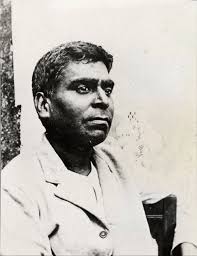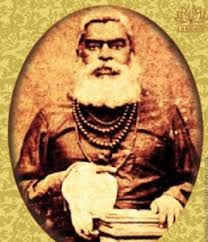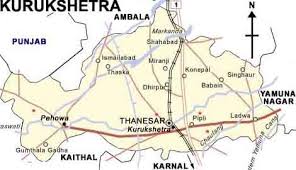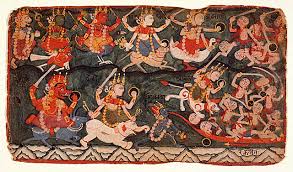Perennial Wisdom and Bhaktivinoda Thakura
 |
| Bhaktinoda Thakura |
There is no better authority on the perennial philosophy of India and its ancient wisdom that the great Vaishnava poet, writer, commentator, and sampradayic-acharya, Kedarnatha Dutta, Bhaktivinoda Ṭhakura, writing at the end of the Victorian age.
 |
| Kedarnatha Dutta |
His work Śrī Kṛṣṇa Saṁhita is a thrill to read, touching on everything from comparative theology to Puranic chronology. His erudition and brilliant argument shine in the first 24 pages of his introduction to the work.
 |
| Bhaktivinoda Thakura |
At some time I plan to show the congruence between the arguments of Bhaktivinoda Ṭhakura in Kṛṣna Saṁhita, Profesor Niṣikant Sannyal's Śrī Kṛṣṇa Caitanya, and the summary given of the six philosophies of India by Bhakti Rakṣaka Śrīdhar Dev Goswāmī. This reading is a bit technical, but will be appreciated by all who are interested in the Puranic Chronology and the nature of the Vedas and other scriptures as divine revelation. And while Bhaktivinoda's scholarship is often a daunting challenge to the unitiated brain, his arguments are always rewarding and worth the read. (MD)



 |
| Ancient Vedic texts on palm leafs |
 |
| Map of Ancient India according to Mahabharata |
 |
| Add caption |
 |
| Hindoo castes |
 |
| Clockwise from botton left: Hanuman, Laskhman, Lord Ramachandra and Sitadevi |
 |
| battle scenes from Ramayana |
Puranic chronology
The age of the Mahabharata
























No comments:
Post a Comment
Note: Only a member of this blog may post a comment.